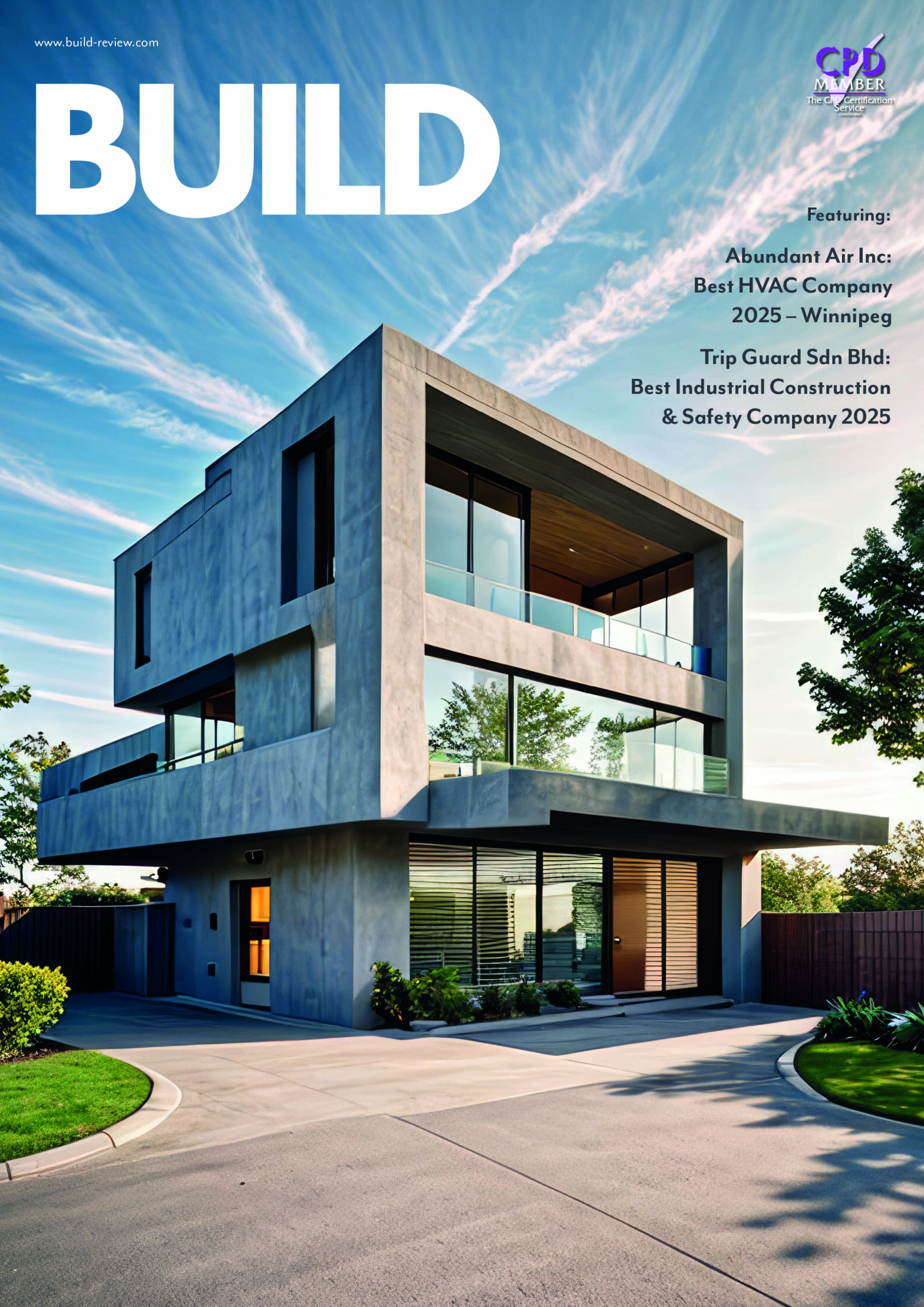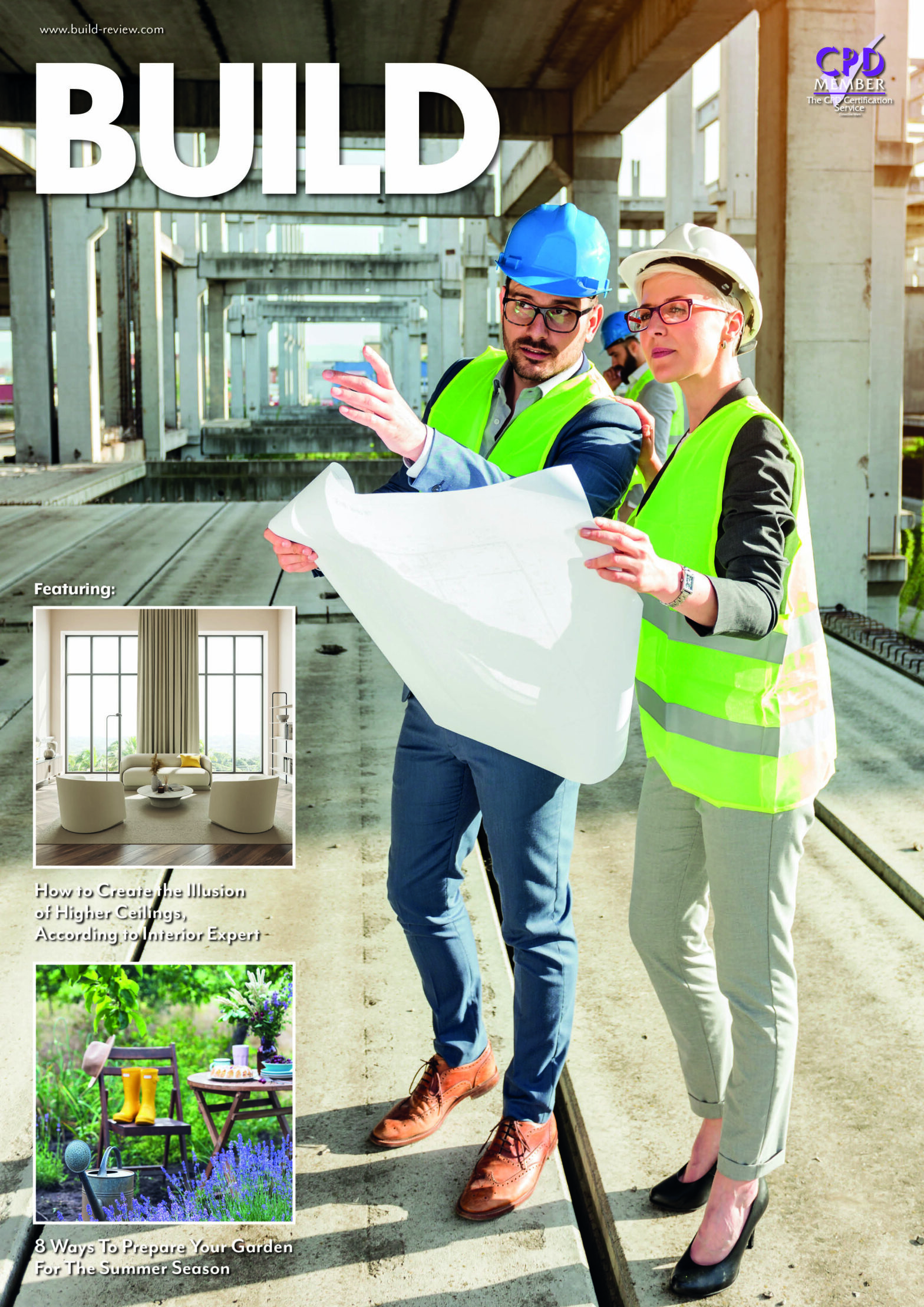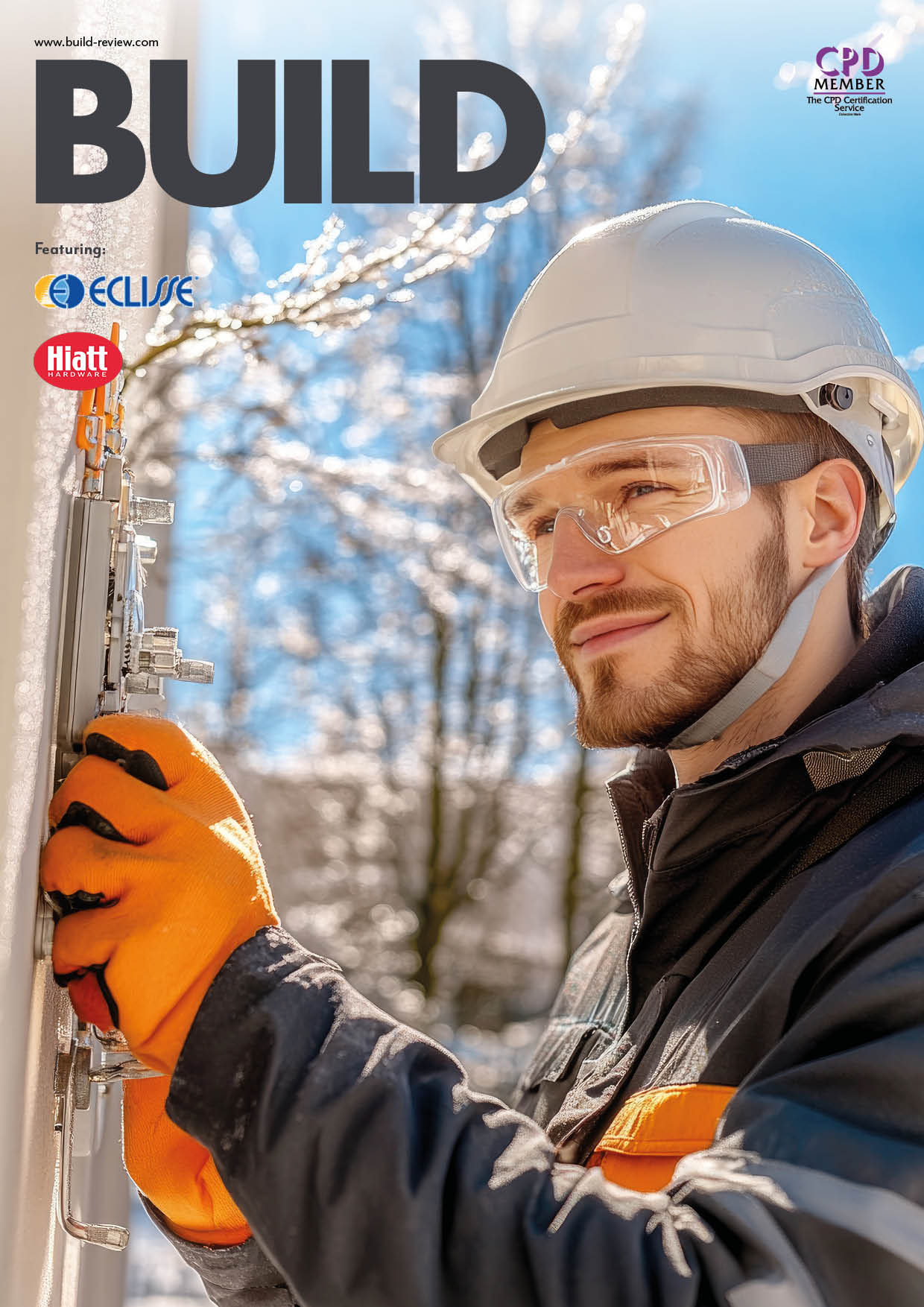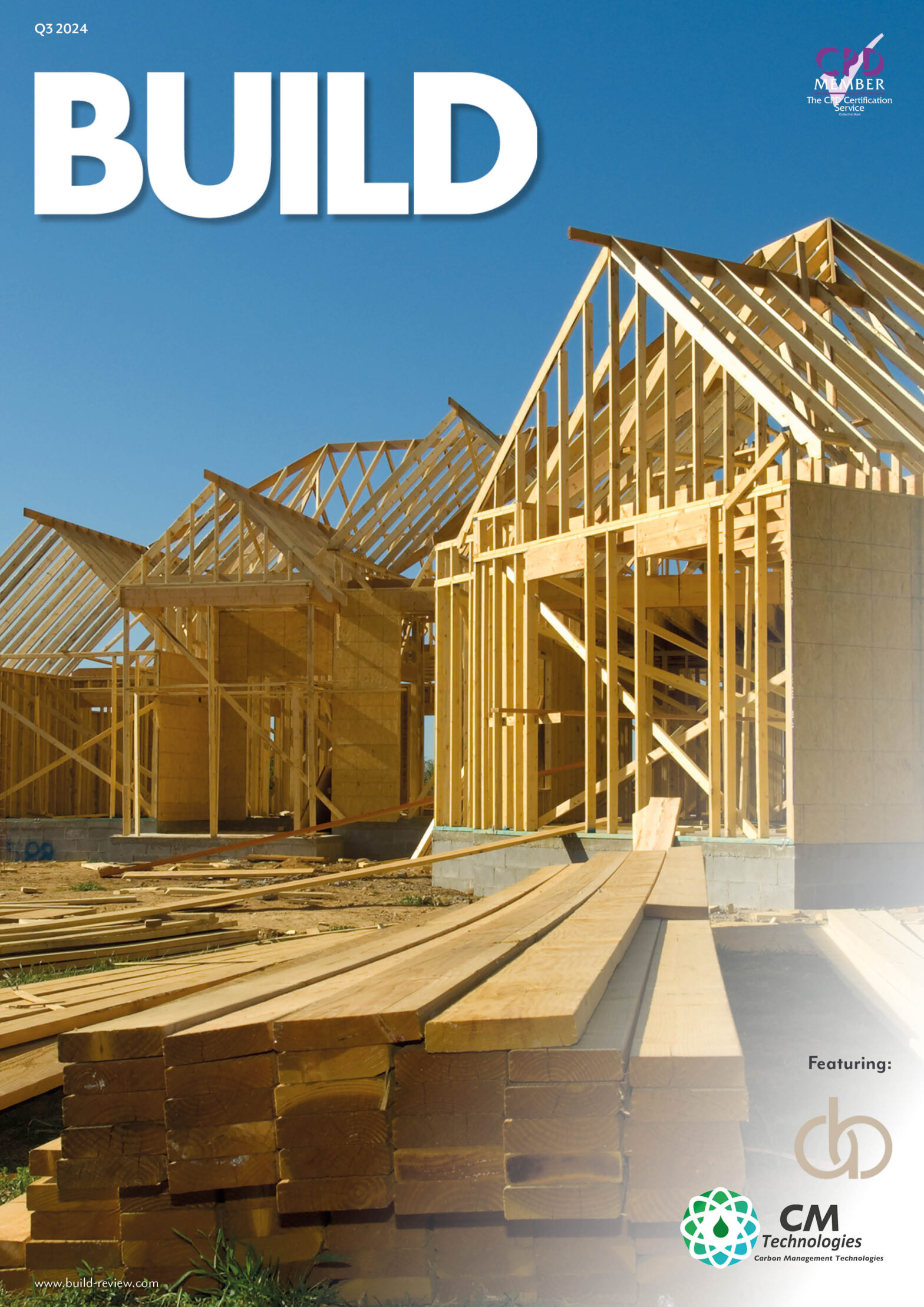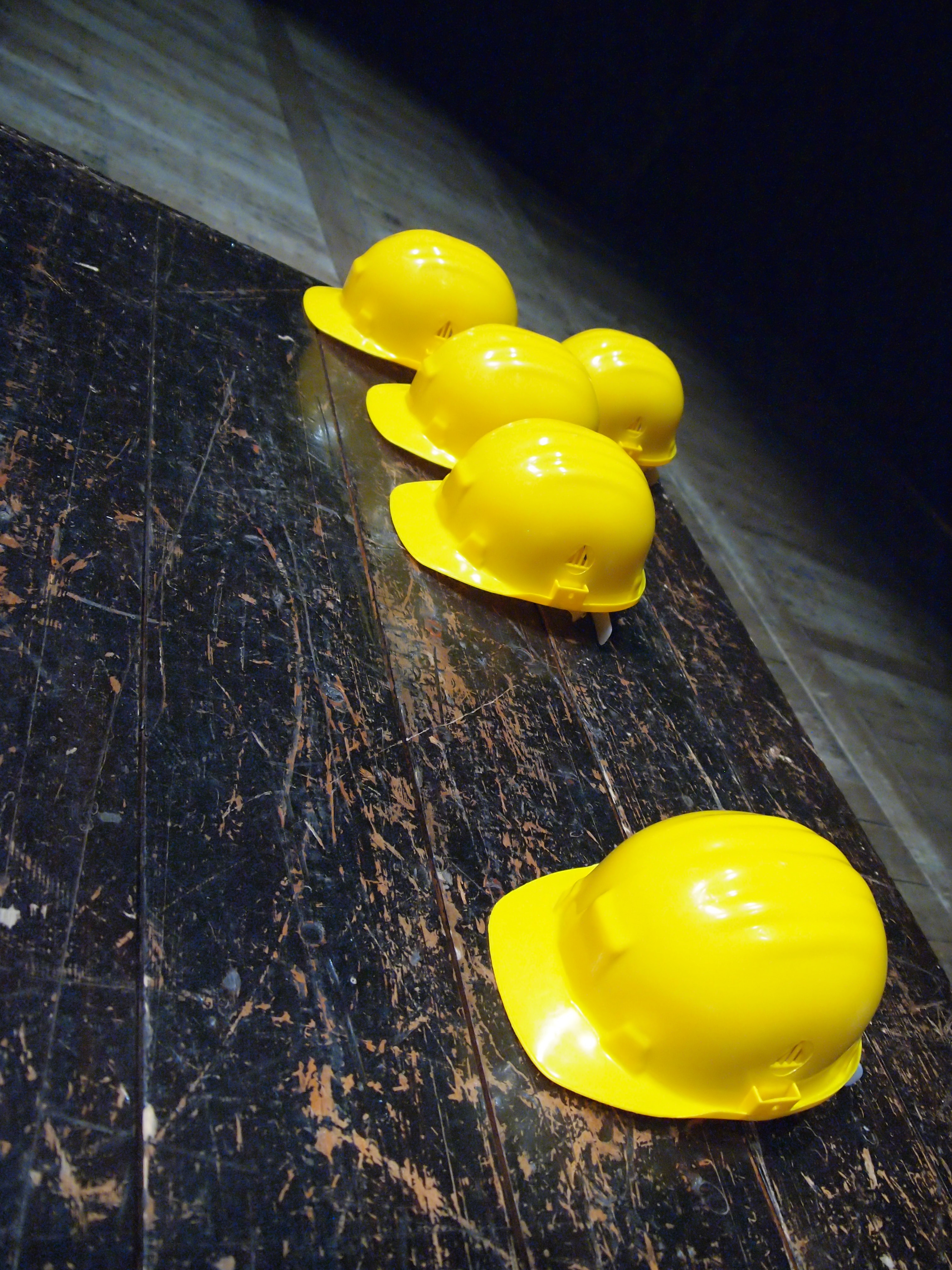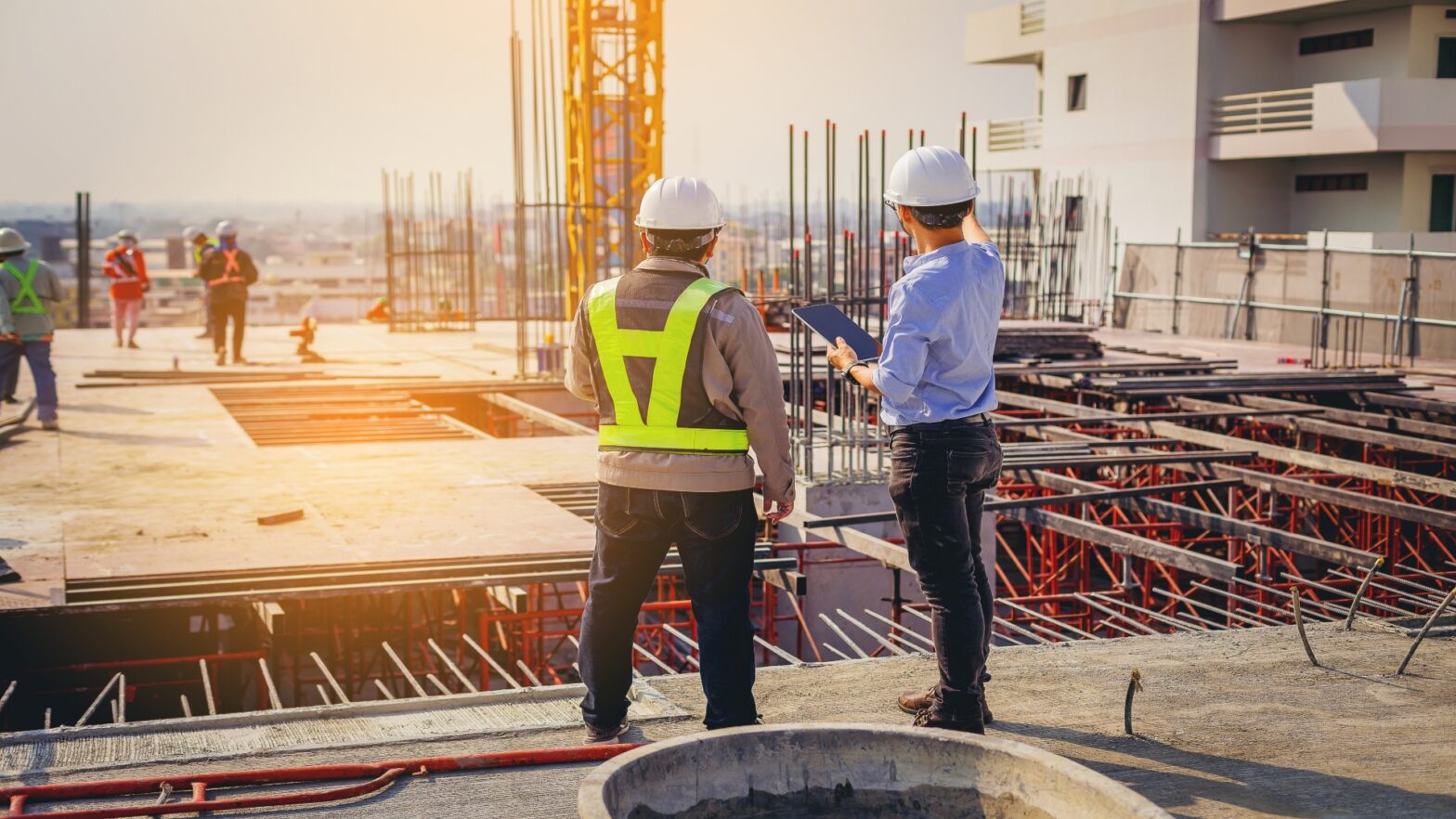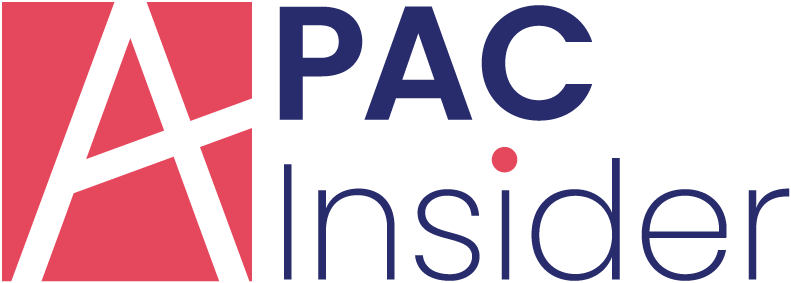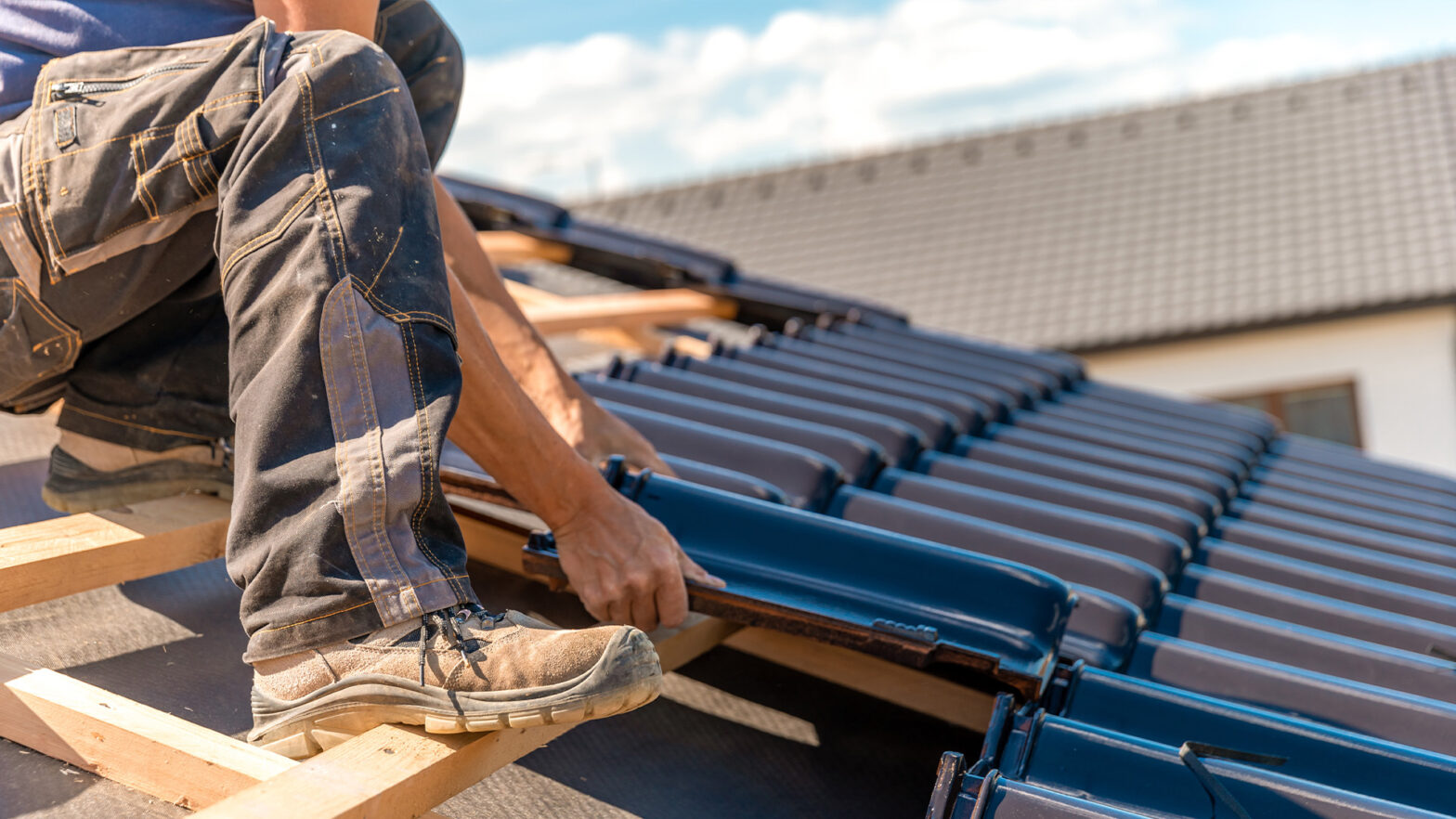Fleet Blind Spots: Top Issues Costing Construction Firms Time and Profit
Even the most well-equipped construction fleet can be held back by the simplest piece of the puzzle.
When construction firms look for ways to improve profitability, the focus almost always lands on big-ticket decisions equipment upgrades, labor efficiency, or cutting-edge project management software. But real gains often come from compounding smaller improvements that happen over and over again on every job.
You don’t need a single 30% breakthrough to increase margins. You need dozens of 1% improvements across the entire workflow, and few areas are more overlooked than hauling.
The trailers that move your equipment from site to site may not seem like a profit lever, but they’re used daily, affect every project phase, and carry your most valuable tools. When that system isn’t optimized, the impact shows up everywhere: in downtime, delays, equipment damage, and worker frustration. Hauling might seem like a minor detail, but it has the power to either quietly drain profitability or improve it, depending on how well it’s managed.
The Effects of Poor Trailer Selection
Ignoring the hauling strategy can lead to more than inconvenient delays. Damaged equipment in transit, missed delivery windows, improperly secured loads, or inefficient loading methods often result from using the wrong trailer or from stretching one trailer setup across too many jobs.
The consequences are rarely isolated: delays lead to idle crews; idle crews inflate labor costs; downtime squeezes on already-tight project margins. Add in repair bills, insurance complications, or DOT compliance risks, and what seemed like a minor oversight becomes a measurable operational drag.
And yet, many firms fail to audit this part of their workflow. Why? Because the trailer is often seen as support gear.
Treating Trailers as Operational Assets
Trailers may not get the spotlight, but they carry your most valuable tools, literally. The type of trailer you select, and how you use it across projects, has a direct impact on equipment uptime, project sequencing, safety performance, and even fuel efficiency.
The right trailer setup contributes to operational gains across every stage of a construction project. When selected and used intentionally, trailers help:
- Speed up loading and unloading times
- Prevent costly equipment damage during transport
- Eliminate delays caused by incompatible setups
- Reduce the risk of compliance issues or on-site injuries
- Deliver measurable ROI over the trailer’s lifespan
Think of your fleet like a crane: powerful, but only as effective as the rigging beneath it. That’s what your trailer system is. Investing in the right trailers and aligning them to your workload ensures that your equipment gets where it needs to go, safely and on time. That translates into tighter control over project timelines, less stress on your field teams, and better client satisfaction.
Choosing the Right Trailer for the Job
Trailer selection isn’t just about gross weight ratings. It’s about matching real-world conditions, equipment type, loading frequency, site access, and available manpower to a configuration that supports efficiency without compromising safety.
Ask yourself:
- What equipment are we moving most often?
- Are crews spending too much time on manual setup?
- Is there frequent loading at tight or uneven sites?
- Are we risking damage to machines during transport?
These questions can help clarify whether you need a gooseneck, tilt, RGN, or flatbed setup and whether it’s time to update your existing fleet.
Answering these questions will help clarify whether you’re relying on the right type of trailer or whether it’s time to reevaluate. For some operations, a gooseneck might offer the best all-around value. Others may benefit from a tilt, lowboy, or even flatbed setup depending on load profile and usage patterns.
If you’re unsure how each trailer type stacks up, this specialized breakdown of common truck trailers from Horizon Trailers offers a useful guide to help you make the right match.
Signs Your Hauling Setup Is Holding You Back
Trailer selection isn’t a one-time decision it’s an ongoing part of fleet strategy. Every year brings changes in jobsite conditions, crew composition, and equipment mix. That means your hauling setup shouldn’t remain static.
If downtime is recurring, if equipment transport slows down site prep, or if crews are modifying trailers on the fly just to make things work, those aren’t isolated issues, they’re signals. They’re telling you it’s time to audit your trailer usage, compare it against the evolving needs of your operation, and align your assets accordingly.
You wouldn’t send your team into a high-demand job with the wrong size excavator or faulty PPE. The same logic applies to your hauling setup.
Turning Insights Into Action
Don’t wait for the next incident or delay to justify an upgrade. Instead, build a routine into your annual operations review that includes:
- Load type analysis across your current and upcoming project pipeline
- Trailer usage audits by crew and location
- Downtime reports tied to equipment delivery
- Input from your field teams on real-world performance issues
These are low-lift steps, but they unlock high-value insight. You’ll uncover where a single change like adding a gooseneck or replacing a tilt trailer can pay dividends over dozens of projects.
Five Smart Fixes to Improve Hauling Strategy
- Audit your current hauling protocols and identify recurring friction
- Match trailer types to machine classes and loading conditions
- Replace outdated trailers that no longer match load demands
- Vet providers like Horizon Trailers for fleet-grade trailer builds
- Invest in crew training to reduce risk and increase uptime
If your fleet is the crane, hauling is the rigging quietly doing the heavy lifting behind every job. When it’s neglected, the whole system becomes less stable. But when it’s optimized, every job runs more smoothly.
Better trailers move the needle on your safety scores, project margins, and team satisfaction. For firms willing to treat hauling as a core function, not an afterthought, the upside is clear and compounding.
Explore durable, high-performance options from trusted brands like Horizon Trailers and make your next equipment move the start of a more efficient operation.

